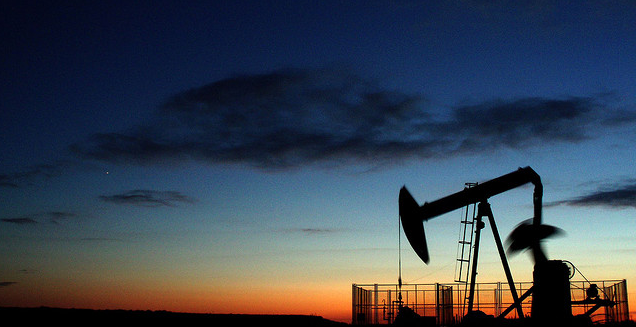We have entered an age of lower energy prices. Oil has fallen (in a quite spectacular way), gas has gone down, and coal has also dropped. Various developments have influenced this situation. Shale gas and shale oil have clearly contributed on the offer side. The growth reduction of emerging countries has contributed on the demand side. This growth reduction has been severe for Russia and Brazil, but China’s slowdown is the most significant. Growth has also remained tepid in Europe and Japan. Furthermore, this slowdown has occurred in a context where LNG has grown, and thus slowly reduced the mainly regional nature of the gas market, thereby slightly increasing the competitive nature of the gas market. Technological progress has also made the extraction of some resources less costly. Shale gas and shale oil provide brilliant examples, and their resilience has been surprising. Finally, one must take into consideration that, as after all periods of high energy prices, energy efficiency efforts have succeeded in reducing (though not enough) the energy intensity of economies (Japan and the EU being good examples).
The first obvious consequence of lower energy prices is that all states that are endowed with rich energy resources and who benefited strongly from the high prices period are now poorer. These include important geopolitical actors like Russia, Saudi Arabia and Iran. Inversely, huge importers like Japan, the EU (where lower energy prices clearly contribute to a moderately resurgent growth) or China feel richer. The United States benefits, albeit more modestly, because of its growing role as the main producer of gas and shale oil. In simple terms: advanced economies are up, huge energy producers are down.
This has not cooled the behaviour of huge exporters in current conflicts. For example, Russia’s Ukrainian front might be slightly cooler, but its Syrian front is much hotter. Saudi Arabia is projecting itself into Yemen and around Syria. So is Iran. Some of these countries have strong financial reserves (with the exception of Iran).
Another fundamental international consequence is that Paris climate negotiations will be negatively impacted. As the price of fossil fuels dwindles, the consumption incentive rises, and more compensatory measures will be required to put a brake on it. Moreover, the huge exporters will tend to encourage consumption, to rebalance the market and boost export earnings. Finally, this development also endangers the competitiveness of renewables. The spontaneous rise of fossil energy prices was a blessing for the COP21, and their fall a disadvantage.
But the situation is unlikely to persist indefinitely. For all the actors involved, the fundamental question is, of course, how long will the lower prices last?
The answer is complex, and must be assessed according to each different fuel source in turn. Coal is the most stable, the most diverse and the most abundant resource. It remains thus – alas for climate warming – a kind of last and simple resource of the market. Gas is diverse and abundant (especially when shale resources are counted). However, it has limitations due to the regional structure of its market, high sunk costs of pipelines, and higher operational costs of LNG. Oil remains the least stable and least diverse resource. Offer-side incidents thus remain possible.
However, presently they seem unlikely. Most major oil producers seem to be remaining stable. The progress of IS on the ground in Iraq has apparently been checked. Iran is coming back onto the market. The resilience of shale oil producers in the United States is higher than expected. All this explains why all major oil corporations have been drastically cutting their long term investment. Unless an accident occurs in the Middle East or demand begins to grow strongly, the most likely evolution in the years ahead is the persistence of low prices.
So in the short term we could see a few years of reduced prices. It the middle term, however, lower prices will induce higher consumption. So in a few years a stronger demand could encounter a weaker offer, and a new cycle could begin. Market forces will reassert themselves – in the other direction.
That’s why it is crucial to exploit this period as an opportunity to increase – and not decrease – our efforts towards the decarbonisation of the economy. The natural temptation during a low prices period is to consume more. The decarbonisation objective must redouble its efforts in precisely the opposite direction. This adds to the importance of the Paris conference, which must send the clearest possible message to producers and consumers. Long-term support for energy efficiency must be maintained, and even strengthened. Renewables still need to be encouraged (with the modalities to be debated, of course). Energy subsidies for fossil energy sources should be reduced. And the fall of prices could be used to organize an environmental shift in taxation.
Energy prices are down, and will probably stay that way for several years, but global temperatures are up. It is essential to stop the first development accelerating the second.

